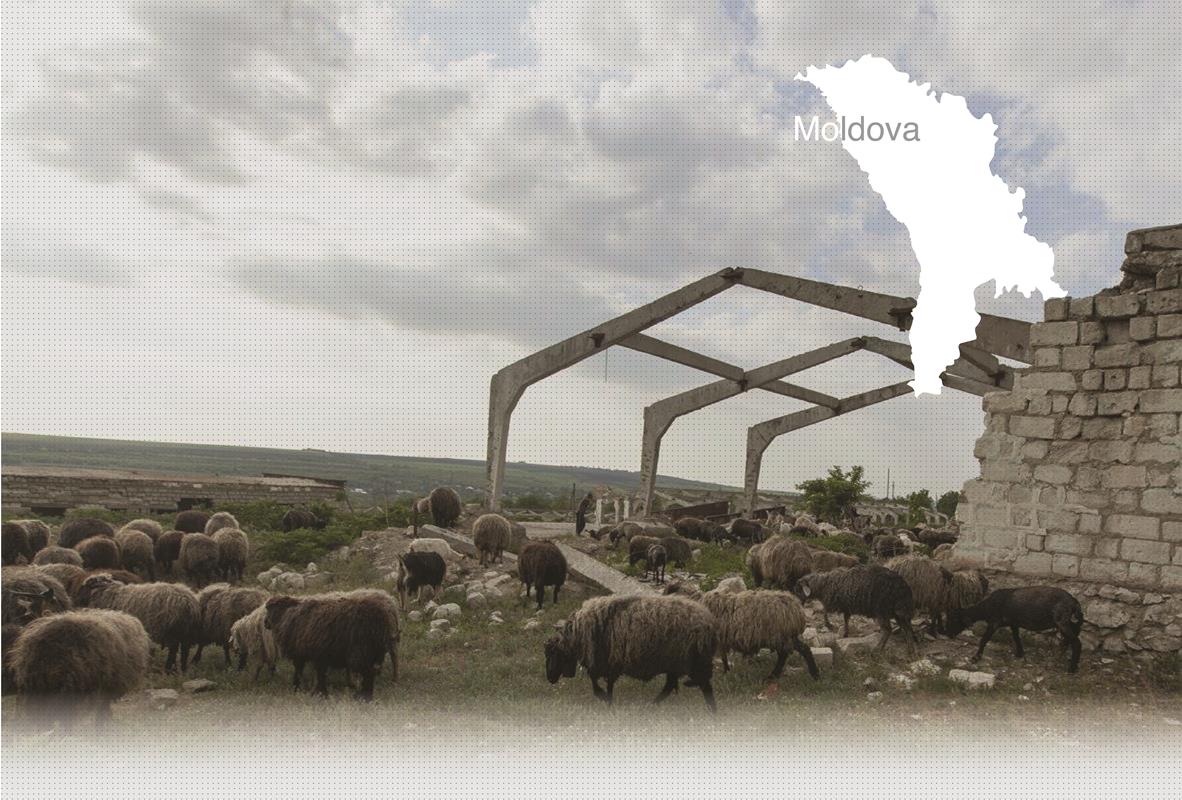

1 Killing site(s)
Vasiliy M., born in 1929, remembers: “By the beginning of the war, the Jews had evacuated before the Germans arrived, crossing the Dniester. They walked by foot or by cart by their own means.” (Witness N° 130, interviewed in Bender, on August 16, 2013)
“Near the Bender Castle, in a ravine located 300m from the town, pits have been discovered. After having opened them, the Commission has ascertained that there are four mass graves that contain 58 bodies, including 8 children, 26 women and 22 men.” [Act of the Soviet Extraordinary Commission, drawn up on December 1944, 22.002M.7021-96/84-85]
Bender is a town located on the banks of the Dniester River in eastern Moldova, about 60km East of Chisinau. The presence of Jews was first recorded in 1793. The Jewish community was very large, at the end of the 19th century, there were more than 10, 000 Jews living in the town. There was a Jewish hospital with a pharmacy and a residence as well as several Jewish synagogues. In 1912, there were 2 Talmud Torah, one secondary school for boys and one for girls. Due to Anti-Semitism, the Jewish population decreased. One of the reasons was a pogrom, organized in 1917, which lasted several days. The Bender Jews lived off of small trade, agriculture, and craft. German and Romanian forces occupied the town on July 21, 1941.
According to the archives, the execution of Jews took place on the territory of the fortress over the course of July, August, and September 1941. They were carried out by Germans with the help of Romanian gendarmes. Unfortunately, Yahad was not able to find any witness of the execution as the place was fenced in and forbidden to entry. However, witness n°130, maintained that aside from being killed in Bender, many Jews were taken and executed in Dubasari.
Do you have additional information regarding a village that you would like to share with Yahad ?
Please contact us at contact@yahadinunum.org
or by calling Yahad – In Unum at +33 (0) 1 53 20 13 17